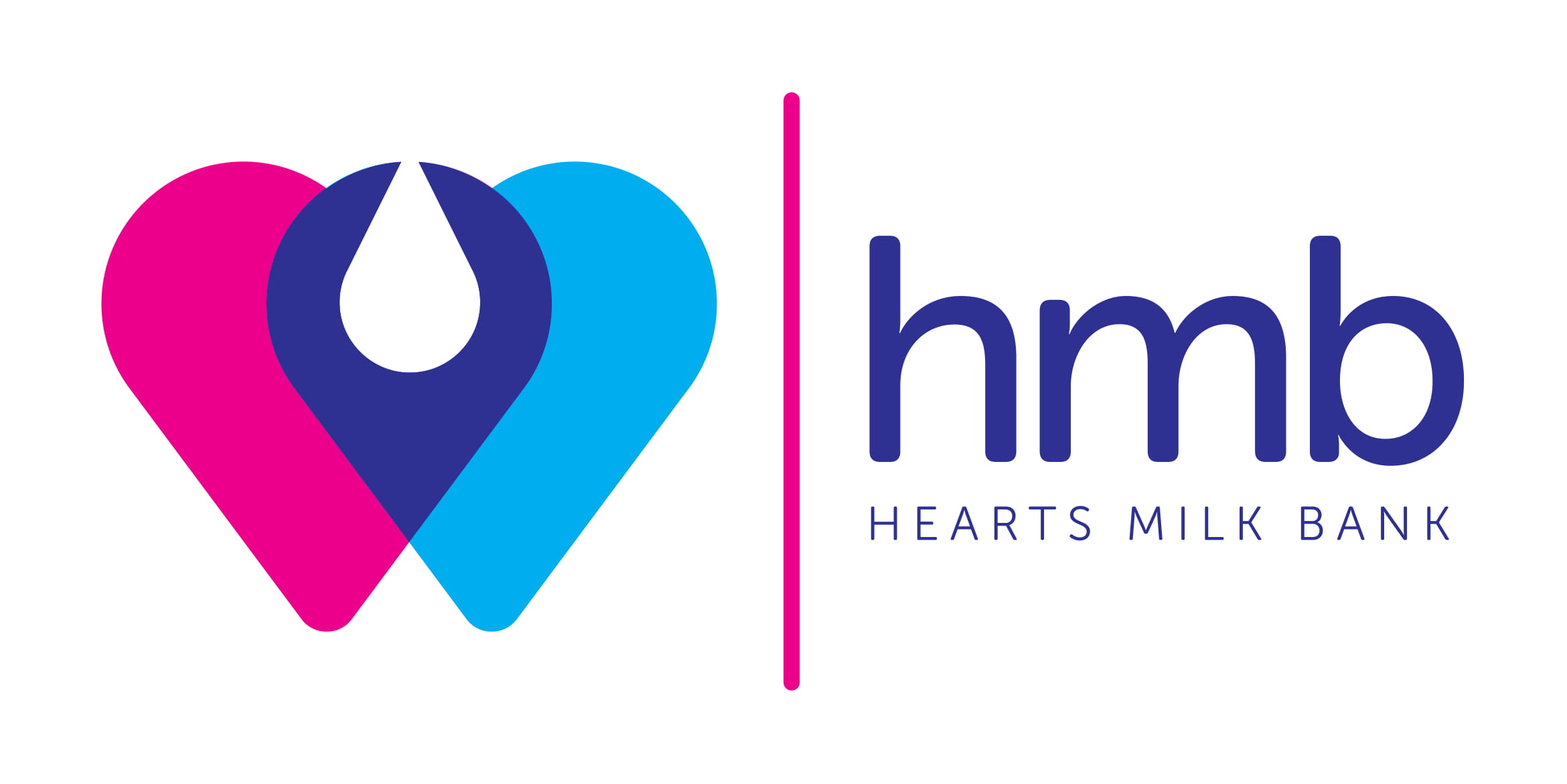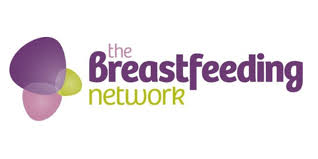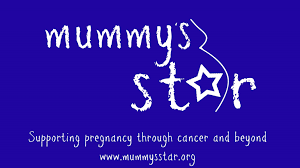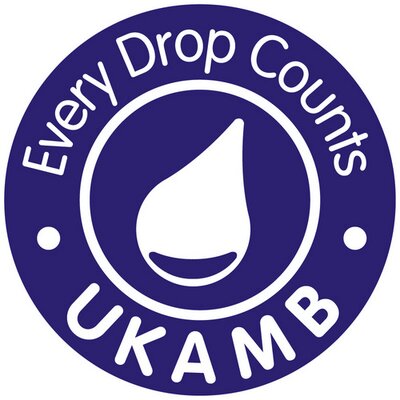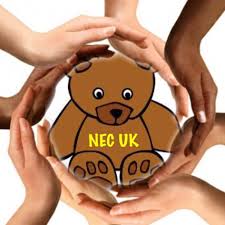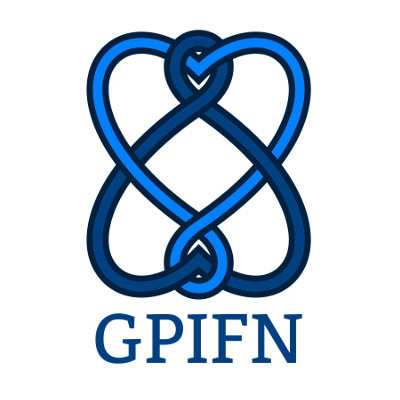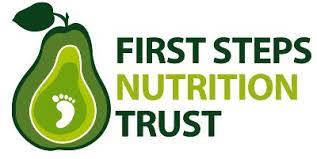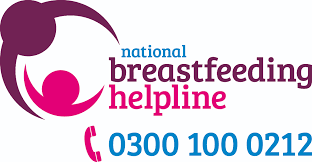Warm weather guidance for milk donors
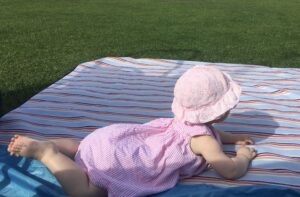
Every donation of milk is tested for the number and type of bacteria it contains as part of the standard milk bank safety controls. Human milk has evolved over millions of years to support the growth of bacteria that can help babies grow and develop normally. However, milk banks must be careful to make sure the numbers and types of bacteria are within the limits agreed by the team of experts that created the NICE Clinical Guideline for milk bank operations. This is done to avoid any risk of harm for the vulnerable babies who receive donor milk.
During the warmer months of spring and summer, it is more likely that there will be more bacteria in milk and sometimes there may be more than can be accepted. Unfortunately, if this is the case, the donated milk cannot be used to feed babies. If this happens with your donated milk, we will let you know and discuss how to reduce the chance of it happening again and what will happen to the milk. It may be possible to use it for research if you have consented to this. We are currently working with experts to understand if some of the milk could be used for well babies.
As the weather gets warmer there are some ways you can help to keep the numbers of bacteria in your milk within the accepted limits:
You
- If possible, have a shower or wash your breasts each day before expressing (no soap is needed).
- Before touching your pump or breasts, make sure you wash your hands with soap for at least 20 seconds and dry them with paper towel/kitchen paper.
- Avoid using breast pads if you can, but if you do, wash and dry your breasts before starting to use them and change frequently.
Your pump
- Wash your pump parts in hot soapy water, rinsed well with cooled, boiled water or in a dishwasher. If you can, sterilise the parts (refer to manufacturer’s instructions).
- If your pump parts become wet when sterilising (cold water, steam, microwave etc.) dry them using a clean piece of kitchen towel and use them immediately. Otherwise store your pump parts on kitchen (paper) towel in a clean Tupperware box in the fridge until you are ready to use them. Do not store them with anything else, or where someone else could touch them.
Expressing
- After expressing, make sure the milk is poured into one of our sterile bottles and screw the lid on tightly. Where possible, avoid allowing the tops of the containers to touch each other while pouring.
- Do not allow any babies or older children to touch the bottles or lids.
- If you can control your freezer’s temperature, ensure it is at least -18 degrees Celsius. Please advise us if your freezer isn’t maintaining this temperature.
- Whenever possible, place your expressed milk into the freezer immediately after expressing.
- If you combine milk from more than one expressing session, the milk should be at the same temperature before combining. Store both in the fridge before mixing, and ensure they are frozen as soon as possible and always within 24 hours of the first expression.
Expressing while out and about
- If you are expressing while out of the house, store your pump parts in a clean box with a lid. Store any containers of expressed milk in a cool bag lined with freezer packs, or in a fridge if possible.
- Immediately place the milk into the freezer when you get home.

